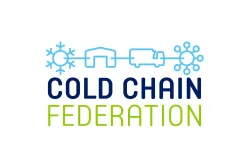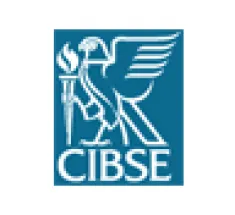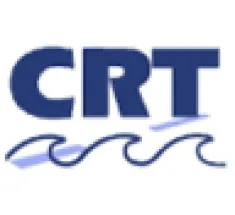Cannot load form
Sorry, this form requires you to accept Analytics and Functional cookies before it can load. Click here to allow these types of cookie.
EUROPE: The EU’s F-gas phase-down remained on track in 2017, according to the latest annual update published by the European Environment Agency (EEA).
The EU-wide placing on the market of HFCs in 2017 stayed below the overall market limit of 170.3Mt CO2e by 0.4 %.
The figures are contained in the EEA report Fluorinated greenhouse gases 2018, which assesses progress made under the European F-gas phase-down in 2017.
As well as evaluating the F-gas data reported by companies for 2017, the report also looks towards Europe’s responsibility under the Kigali Amendment to the Montreal Protocol. In that respect, “consumption” in 2017, in terms of the Montreal Protocol definition, was 12 % below the first limit set for the EU for 2019 under Kigali.
The supply of F-gases, which reflects the actual use, increased by 3% in mass, but decreased by 2% in CO2 equivalents, reflecting a move towards lower GWP gases. In that respect, large increases were observed for the low GWP HFOs and HCFOs. In contrast, HFC supply decreased by 4% in mass or 7% in CO2e. This decrease in higher GWP HFC usage was partly outweighed by increases of 20-40% of the highest GWP industrial gases SF6, NF3 and PFCs which do not fall under the quota system.
Refrigeration, air conditioning and heat pumps continue to be the major consumer of F-gas, accounting for 75% of supply in tonnage terms, but only 68% in CO2e.
Production of virgin F-gases in the EU in 2017 was down by more than 10% compared with 2016 – the lowest since reporting started in 2007. Meanwhile, imports increased by 21% in tonnes or by 8% in CO2e.
Reclamation was also up by about 30%, compared to 2016, and 4x what it was 2013. It now represents 8% (CO2e) of virgin HFC production or more than 2% of HFC supply. Destruction declined by about 20% (CO2e) compared with 2016.
There were a few reported cases of quota exceedance, both by importers of bulk HFCs and by equipment importers, but these were balanced by companies that did not fully use their quota.
The reserve of quota authorisations, built up by a number of equipment importers during 2015 and 2016, decreased by 14% during 2017. However, the size of this reserve is still almost twice the amount of actual annual equipment imports or 30% of the maximum available HFC amount for 2018. As previously reported, this accumulated reserve of authorisations has helped to reduce the overall strain on imports this year.
We will have to wait another 12 months to see the figures for 2018 – the year of “the cliff” – but early predictions are that the EU has again stayed within its target, despite the 63% cut to 115.35Mt CO2e.
The full report is available here.
(Article from Cooling Post 20.12.2018)


















